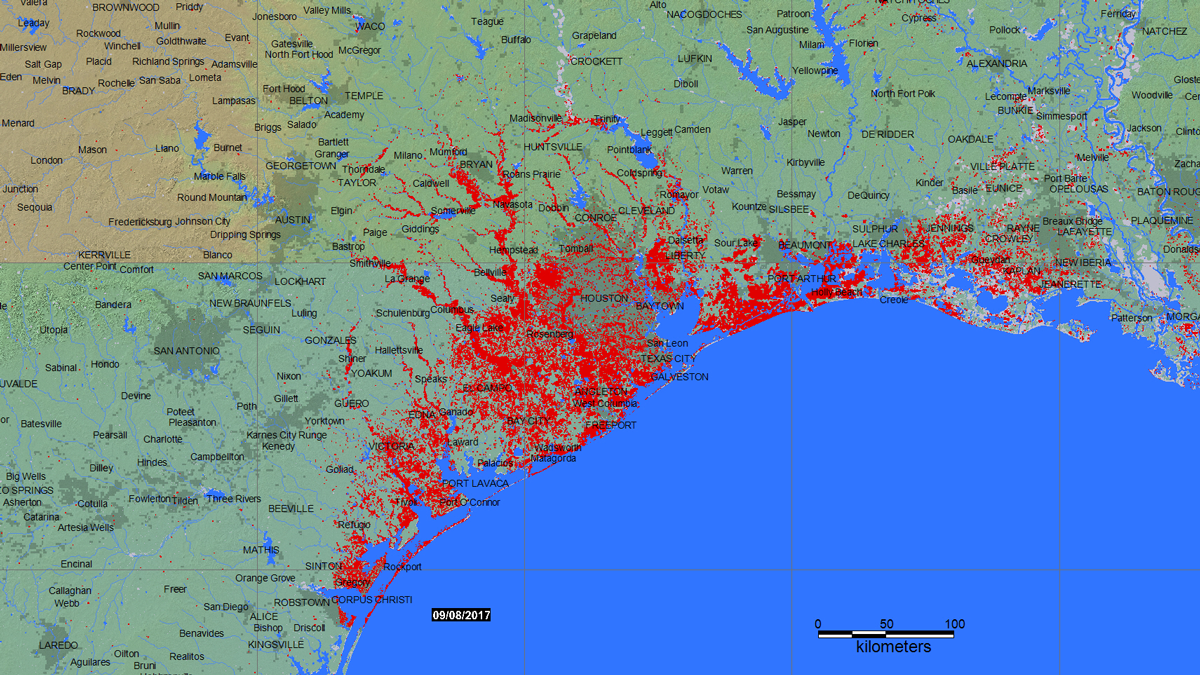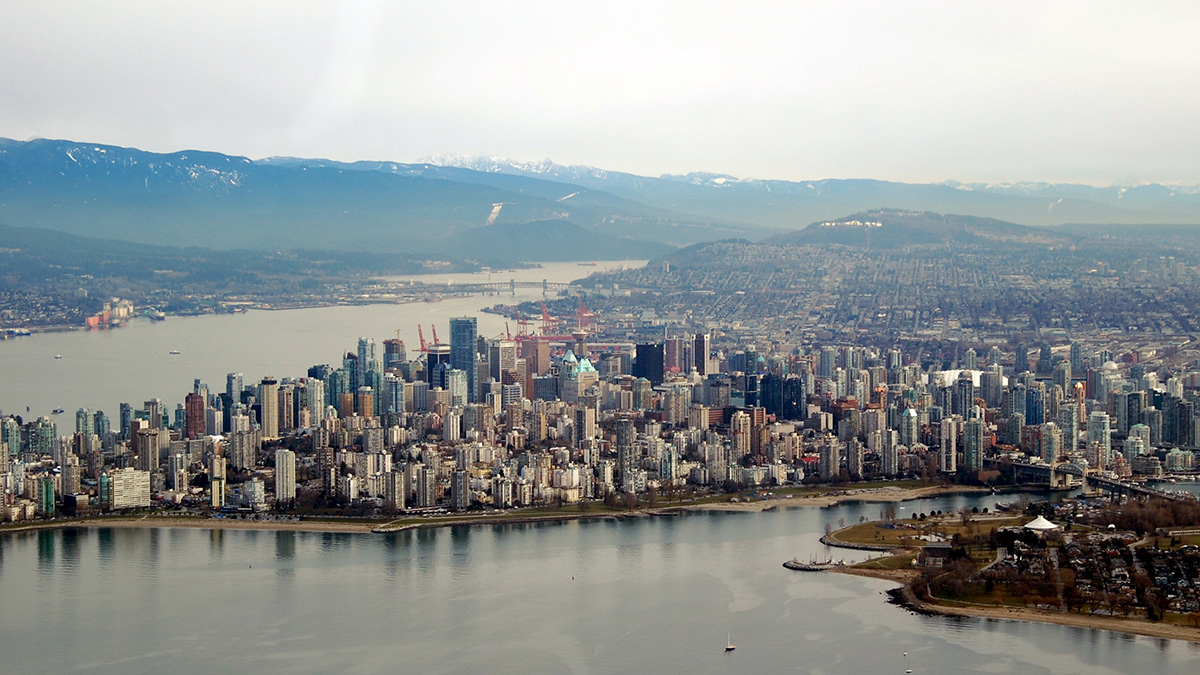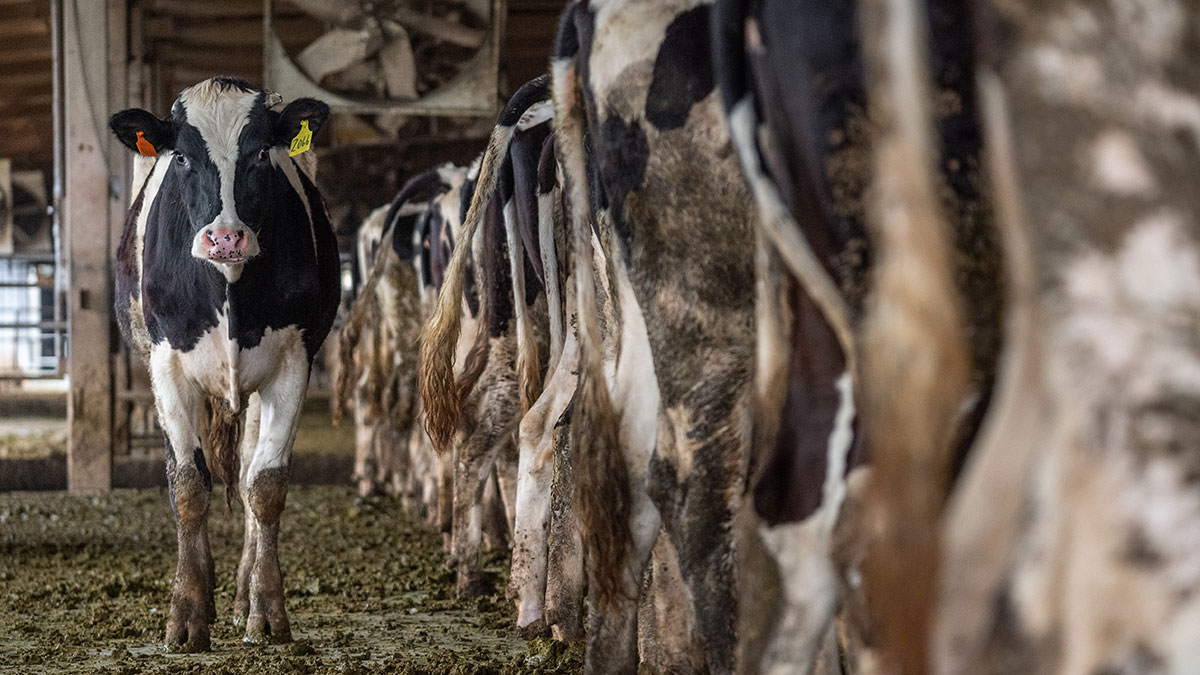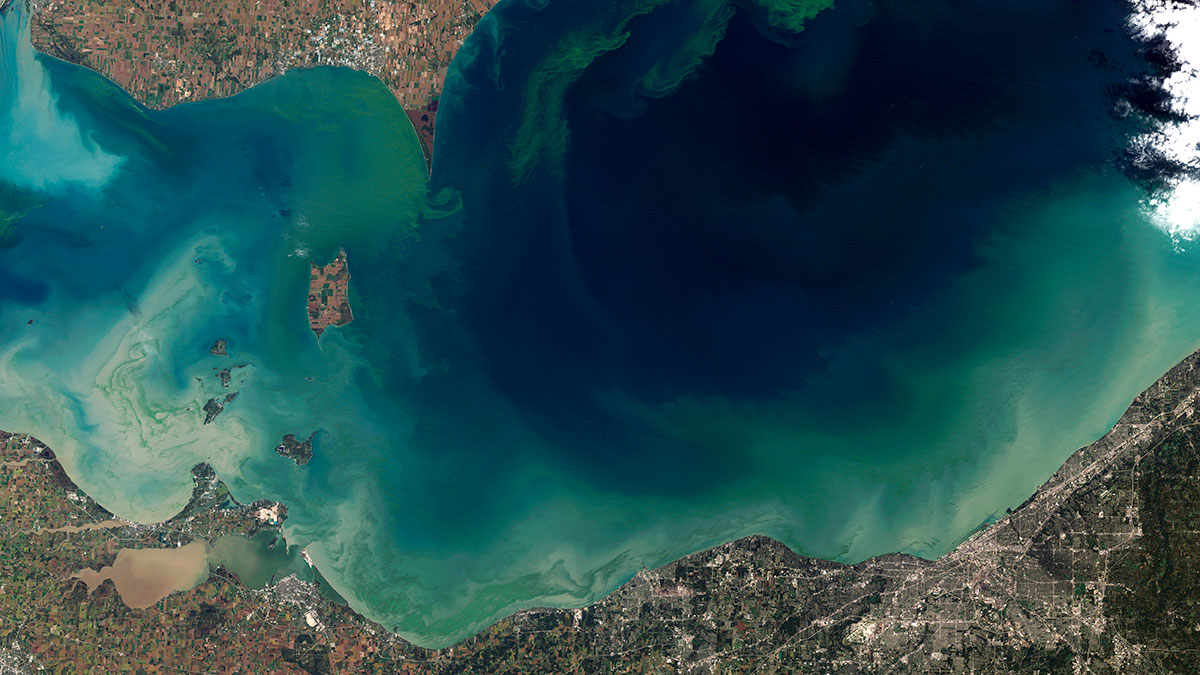After a flood, most people rely on officials to test public water sources. Private well owners are on their own, with little data to guide testing and treatment. New research seeks to change that.
Health & Ecosystems
New “Snakebot” Could Map Cambodian Minefields
By navigating under dense vegetation, an innovative robot could significantly reduce the monetary, environmental, and human cost of demining Cambodia.
Native Super Trees Could Provide Climate Solutions to Houston
A Houston nonprofit identified 14 native “super tree” species that are particularly promising for mitigating climate change and public health concerns.
Mercury-Based Gold Mining Haunts Peruvian Rain Forests
In Peru, gold mining harms rain forests and human health. Satellite data can now track forest recovery in protected areas and the migration of informal miners to less regulated areas.
Tracking Pollution in the Breeze, with Trees
New research outlines how pine needles offer a simple, low-cost means of assessing particulate matter pollution.
Crowdsourced Science Helps Map Vancouver’s “Smellscape”
Exposure to stinky odors can affect human health, but quantifying smells can be difficult.
Midwest Livestock Operations Linked to Rise in Ammonia Pollution
For the first time, scientists have linked high-density animal operations in the U.S. Midwest to rising air pollution from ammonia, suggesting need for increased regulation from the EPA.
Community Input Drives Superfund Research
Researchers identified geochemical tracers for lead and investigated Oklahomans’ concerns at the Tar Creek Superfund site.
Arctic Unicorns and the Secret Sounds of a Glacial Fjord
The successful deployment of a seafloor seismometer near the calving front of a Greenland glacier has opened a new avenue to study hidden glacial processes and the behavior of fjord-dwelling wildlife.
A New Technique Could Identify Algae from Space
Some types of algal blooms produce dangerous toxins, while others are relatively harmless to humans.










